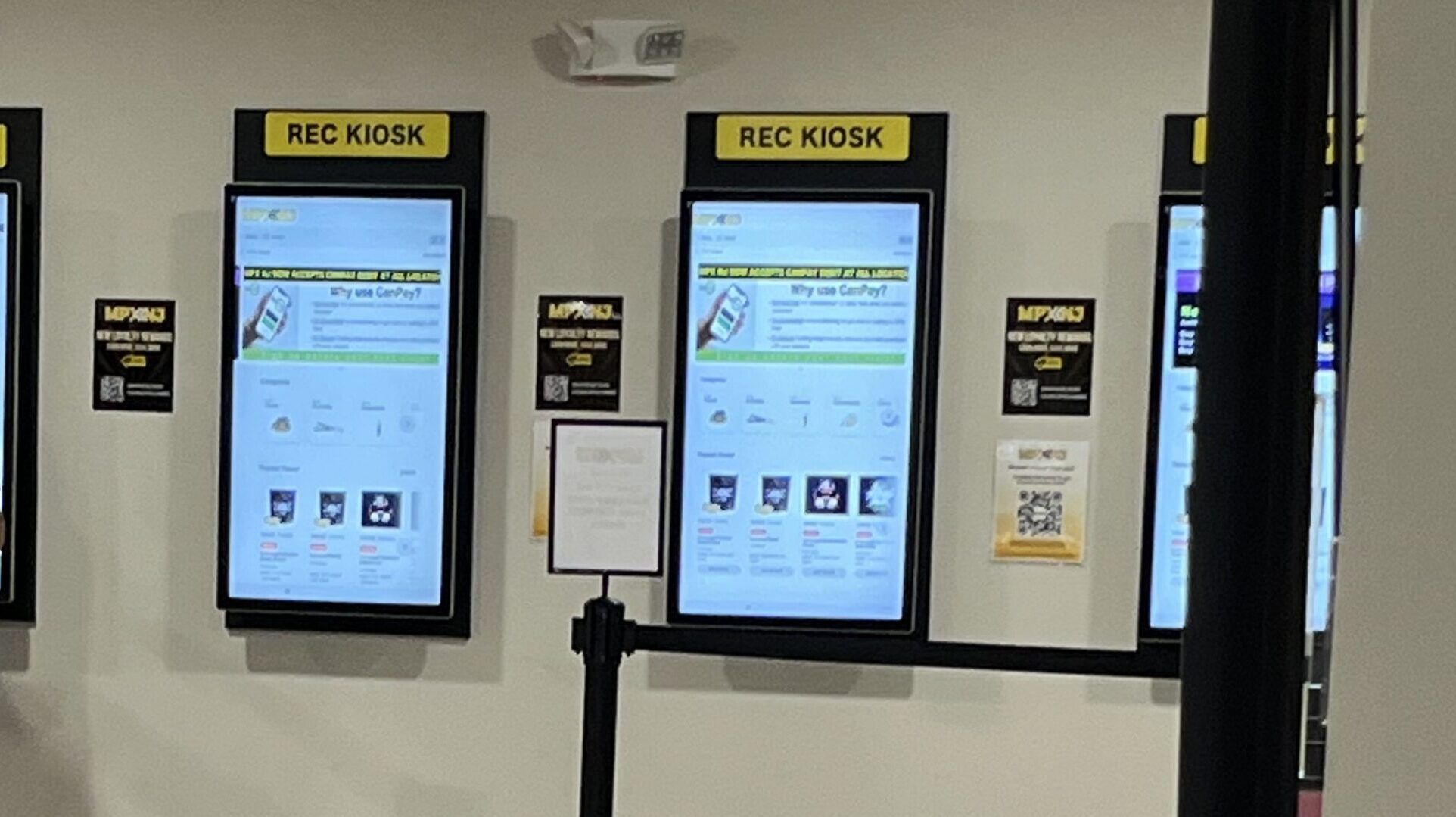The cannabis vape market has grown into one of the most diverse and competitive product categories in the industry. From live resin cartridges and solventless rosin pods to budget distillate pens and flavored disposables, dispensary menus often showcase dozens of options from a wide range of brands. While this variety signals a maturing market and consumer choice, it also raises a critical question: are too many options overwhelming shoppers and creating menu fatigue?
The Rise of Choice in Vape Menus
Over the past five years, vapes have steadily become one of the most in-demand product categories, especially in legal states where portability and discretion are key selling points. According to recent industry sales reports, vapes account for roughly one-quarter of cannabis retail sales in mature markets such as Colorado and California. Brands compete fiercely for shelf space, often releasing multiple product lines segmented by potency, terpene profile, hardware type, and price tier.
On paper, this abundance of choice sounds positive. Consumers who want a high-potency THC cart, a CBD-rich blend, or a flavorful fruit-infused pod can usually find something that fits. However, the same abundance can also work against retailers if it leads to confusion and slower decision-making at the point of sale.
Understanding Menu Fatigue
“Menu fatigue” is a concept borrowed from foodservice and retail psychology. It occurs when customers are presented with so many options that the decision-making process becomes stressful instead of empowering. In cannabis, where shoppers may already be navigating potency preferences, strain lineages, and compliance labels, too many vape SKUs can create hesitation.
Consumers new to vaping, in particular, may find themselves staring at a digital menu or display wall full of brand names and technical jargon they don’t understand. Without proper budtender guidance, they might either default to the cheapest option or walk away without buying at all. Both outcomes can hurt brand loyalty and overall sales.
Impact on Retailers and Brands
For dispensaries, menu fatigue presents operational challenges. Carrying a wide inventory means higher stocking costs, increased training requirements for staff, and the risk of products expiring before they sell. Retailers must strike a balance between offering choice and curating a focused selection that aligns with their customers’ preferences.
From the brand perspective, oversaturation of vape offerings can dilute identity. When every producer launches multiple cart lines—live resin, rosin, distillate, infused flavors—it becomes harder to stand out. Consumers may perceive the category as generic, leading to more price-driven purchasing and less loyalty to specific brands.
The Role of Education and Curation
One of the most effective ways to combat menu fatigue is through budtender education and storytelling. Retailers who train staff to clearly explain differences between vape formats can help shoppers make faster, more confident decisions. Additionally, curated menus that highlight “staff picks,” “best sellers,” or “medical patient favorites” guide consumers toward trusted options rather than leaving them adrift in a sea of SKUs.
Some retailers are also leaning on digital solutions—interactive menus that allow shoppers to filter by effect, potency, or price range. This approach mirrors the e-commerce experience consumers have come to expect in other industries and helps simplify the decision-making process.
Looking Ahead
As competition intensifies, the vape category will likely continue expanding, with innovations in hardware, extraction, and formulation driving new product lines. But unless retailers and brands prioritize clarity and education, shoppers may feel more overwhelmed than empowered.
The cannabis industry has an opportunity to learn from traditional retail: more isn’t always better. A curated, well-explained menu can build trust, encourage repeat purchases, and ensure consumers walk away with products that truly fit their needs.

